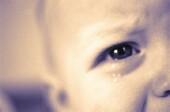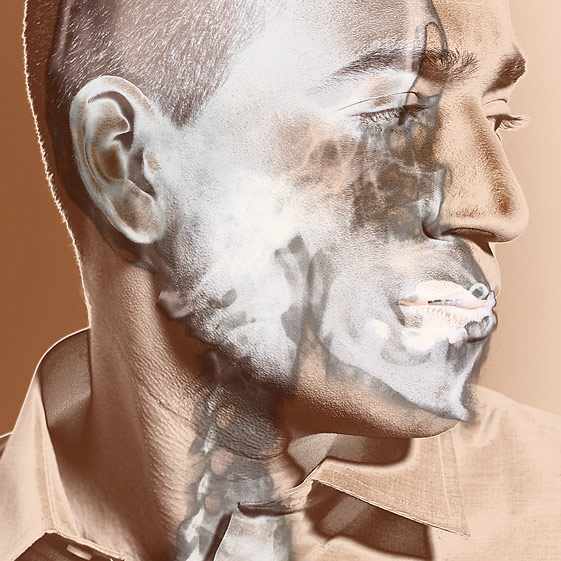
FRIDAY, April 10, 2015 (HealthDay News) — Although most babies will have at least one ear infection before they reach the age of 1, the infections can be hard for parents to recognize.
Identifying and treating ear infections in babies is important because they can lead to other problems, according to Dr. Andrew Hotaling, a pediatric otolaryngologist at Loyola University Health System in Chicago.
“Hearing disorders can lead to impediments in speech development and other growth milestones,” Hotaling said in a Loyola news release. “The ear infections are usually located in the middle ear.”
Signs of an ear infections in babies include fever, irritability, poor sleep, and pulling or tugging at ears.
“Antibiotics should only be prescribed if the ear infection cannot be cleared without them,” Hotaling said. “Incorrectly administering antibiotics can cause further harm.”
Pediatric versions of anti-inflammatory acetaminophen or ibuprofen can provide relief, but check with your pediatrician about the right dosing information, Hotaling said.
A non-drug option is to apply heat to the outer ear, using a warm (not hot) wash cloth compress or brief use of a warm (not hot) heating pad or water bottle, he said.
“If your baby gets three ear infections in six months or four in one year, it may be time to consider ear tubes,” Hotaling said.
The tubes, which have to be implanted during a surgical procedure, provide ventilation and drainage that helps prevent fluid buildup in the ears. Although anesthesia is required, the whole procedure takes about 15 minutes, according to Hotaling.
The tubes usually stay in place for six months to a year, and generally fall out on their own, he said.
More information
The U.S. National Institute on Deafness and Other Communication Disorders has more about ear infections.
Copyright © 2025 HealthDay. All rights reserved.

